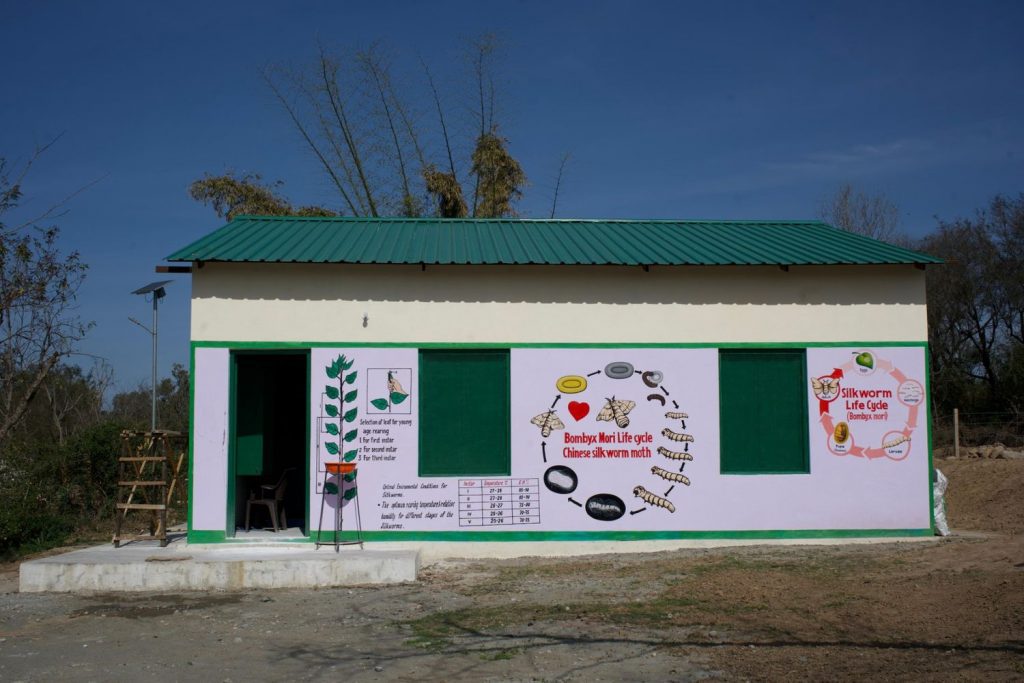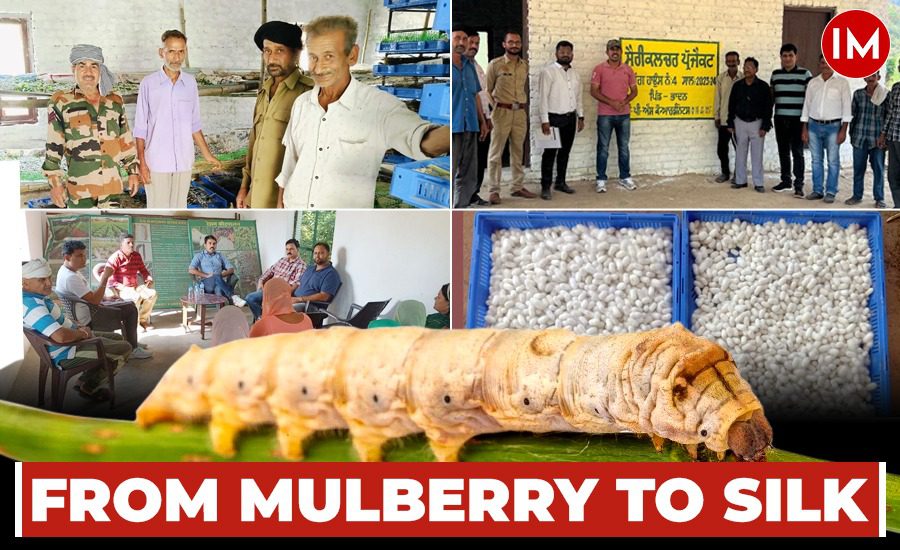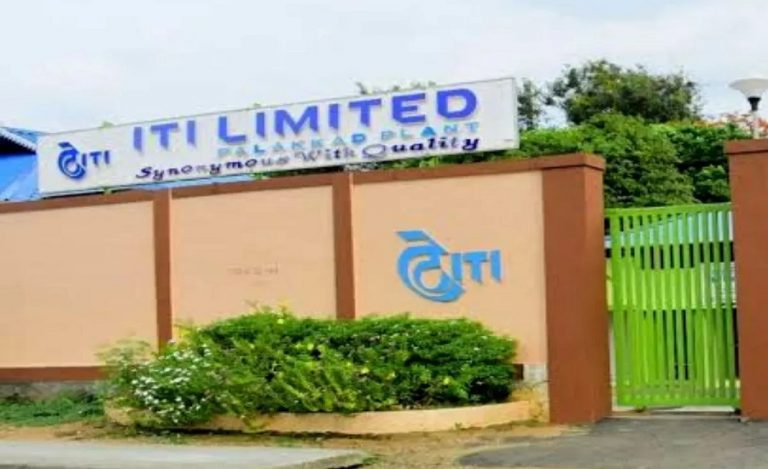In a unique initiative by the Forest Department in Punjab’s Pathankot district, sericulture farming has been revived under the leadership of Mr. Dharmveer Dairu, a 2018 batch IFS officer and the DFO of Pathankot. The department has achieved remarkable progress, significantly increasing silk production.
This strategic endeavor aims to revive a once-thriving industry while also creating sustainable economic opportunities for the local farmers. By partnering with 116 farmers and providing comprehensive infrastructure, including specialized rearing facilities and expert training, the Forest Department ensures a holistic approach to sericulture revival. Additionally, the department plans to provide these farmers with a dedicated machine to further enhance silk production.
Indian Masterminds interacted with Mr. Dairu to learn more about this initiative.

THE SERICULTURE PROJECT
A sericulture project with a cost of Rs 3.74 crore received approval from the Central Silk Board, Bangalore, on 27 February 2023. The Punjab Forest Department aims to revive the once-promising sericulture industry in Punjab, starting with a mulberry plantation in Pathankot. The project includes infrastructure development, silkworm pathology facilities, and marketing support.
Initiated in 2022-23 under the Silk Samagra-II Scheme, the government has permitted other allied departments besides the Sericulture Department of Punjab to implement sericulture projects.
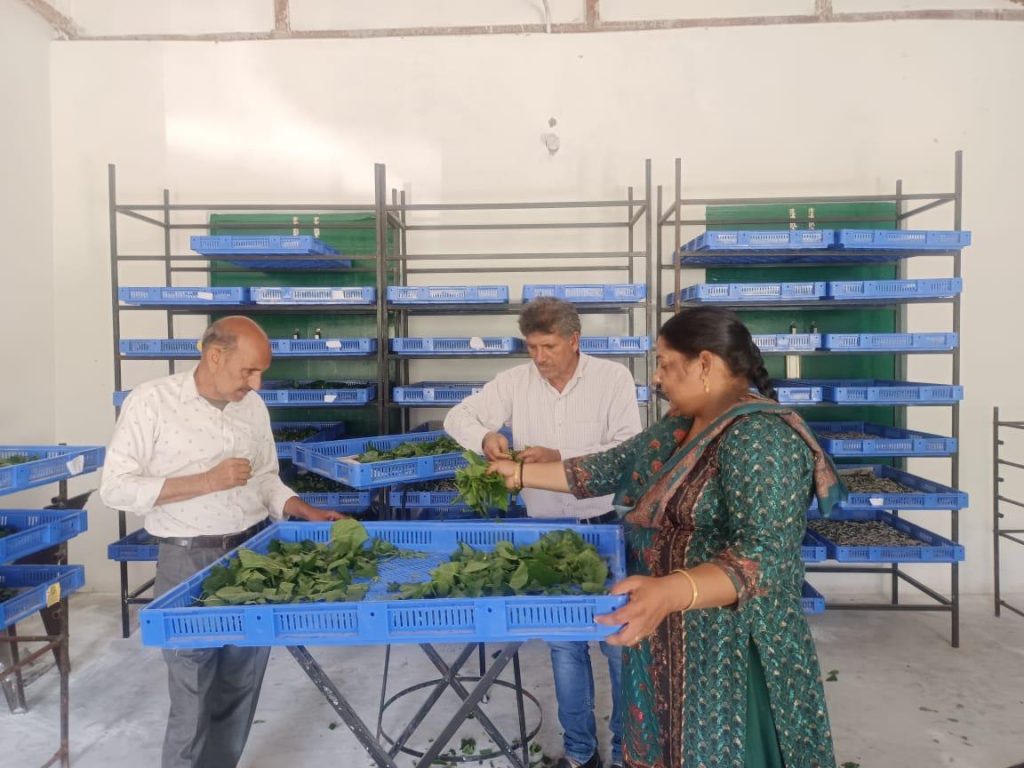
The main objective is to rejuvenate and promote sericulture farming in Punjab’s Kandi area. The Kandi region, spanning from Kashmir through Punjab to Haryana, serves as a transitional zone between the Siwaliks and the plains. Local farmers in this area have traditionally practiced sericulture for 50 to 60 years. However, issues such as small land holdings among marginal farmers have hindered the availability of sufficient mulberry leaves for silkworms, resulting in a decline in sericulture production to around 2 to 3 million units. It is noteworthy that Mulberry is the primary food source of silkworms.
Mr Dharmveer stated, “We have ample vacant forest land suitable for mulberry, a native fast-growing species that poses no harm to forests. Therefore, we plan to establish mulberry plantations, which will not only expand forest cover but also benefit sericulture farmers.”
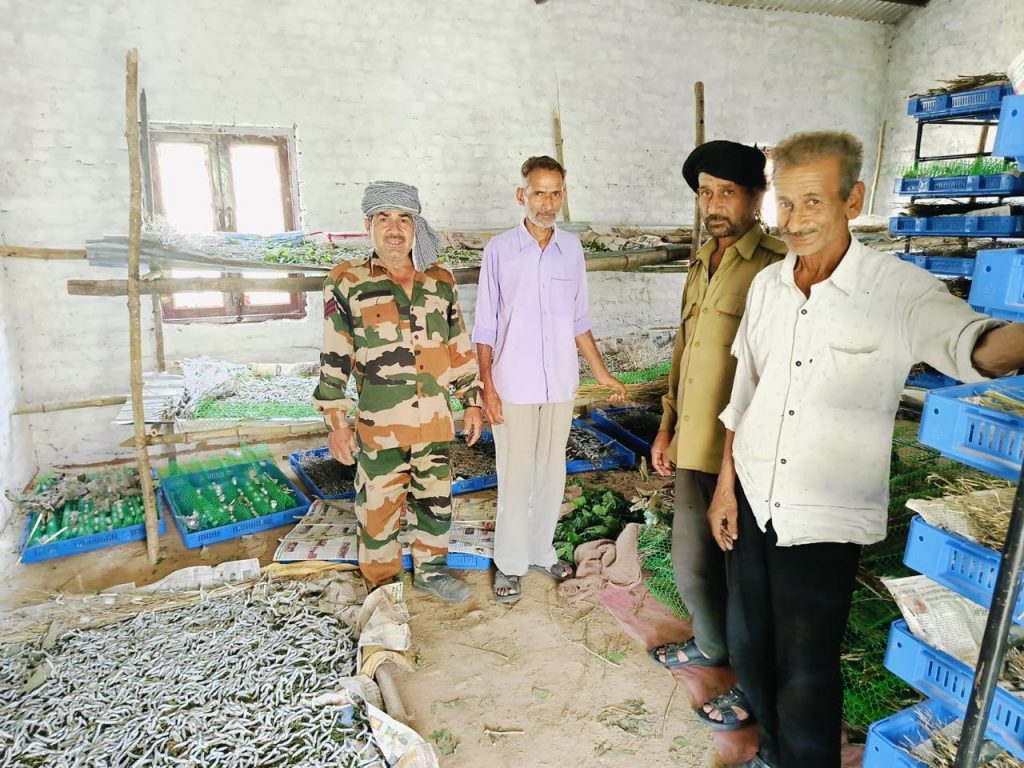
PLANTATION
In 2022, the Forest Department planted 37,500 mulberry plants in nearly 75 hectares of land spread across five villages in the Dhar block, a sub-mountainous region of Pathankot district, with assistance from the Jammu center of the Silk Board.
The Board estimated that these trees could support 116 farmers in sericulture farming. Thus, the project was initiated for 116 farmers over three years, starting with 30 farmers in the first phase. The Department set a target of producing 100 Disease-Free Layings (DFLs) per farmer. The DFLs, which are silkworm eggs prepared in production centers called grainages, are supplied to the farmers for rearing.
He said, “The required number of plants for 100 DFLs were sourced from our plantation. Last year marked the beginning of this project, following its approval in February 2023.”
The Forest Department provided comprehensive training to its entire staff and farmers involved in the project.
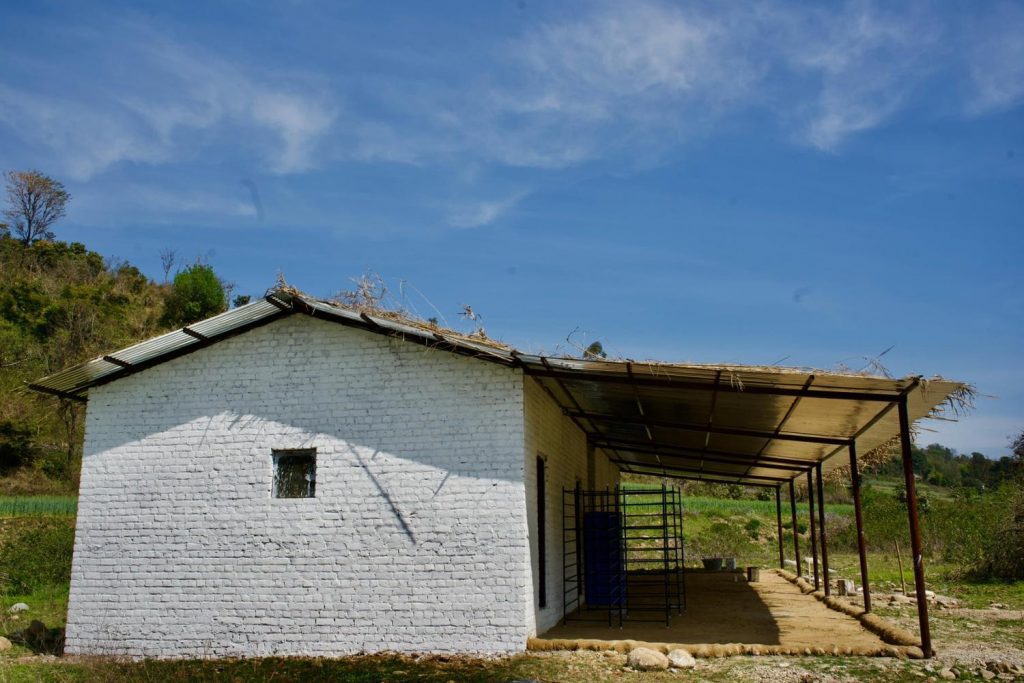
FARMER IDENTIFICATION
The department has identified 116 farmers for this project. Initially, the project commenced with 30 farmers in the first year, with the remaining farmers scheduled to join over the next two years. These farmers were selected from five villages located in the forest area surrounding the mulberry plantation site. Those farmers were chosen who had previous experience in sericulture farming and possessed technical knowledge about it.
Then, they were formerly engaged in sericulture farming but had discontinued it at a later stage. Among these farmers were women and marginal farmers.
To support their efforts, the department constructed 10 rearing houses where farmers can rear silkworms. Each rearing house accommodates three farmers, and all necessary equipment for sericulture was provided to them.
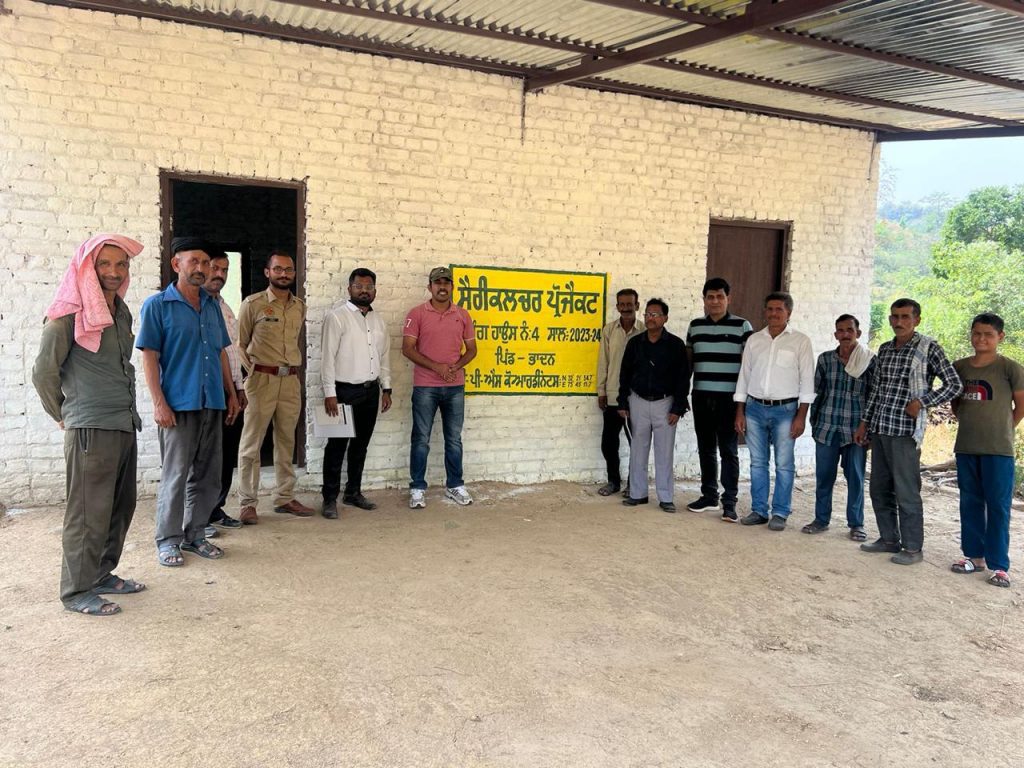
CRCs
To support the project, a Chowki Rearing Centre (CRC) was established, which serves as the core facility for silkworm-rearing activities. The cocoon undergoes several stages of development. Initially, it stays in the CRC for 10 to 15 days. Once ready for further processing, it is transferred to the rearing houses designated for the farmers. From then on, the farmers oversee its care. This process is highly technical, where factors like humidity and temperature are crucial for the survival of Disease-Free Layings (DFLs). Mr Dharmveer mentioned that our survival rate exceeded 95 percent.
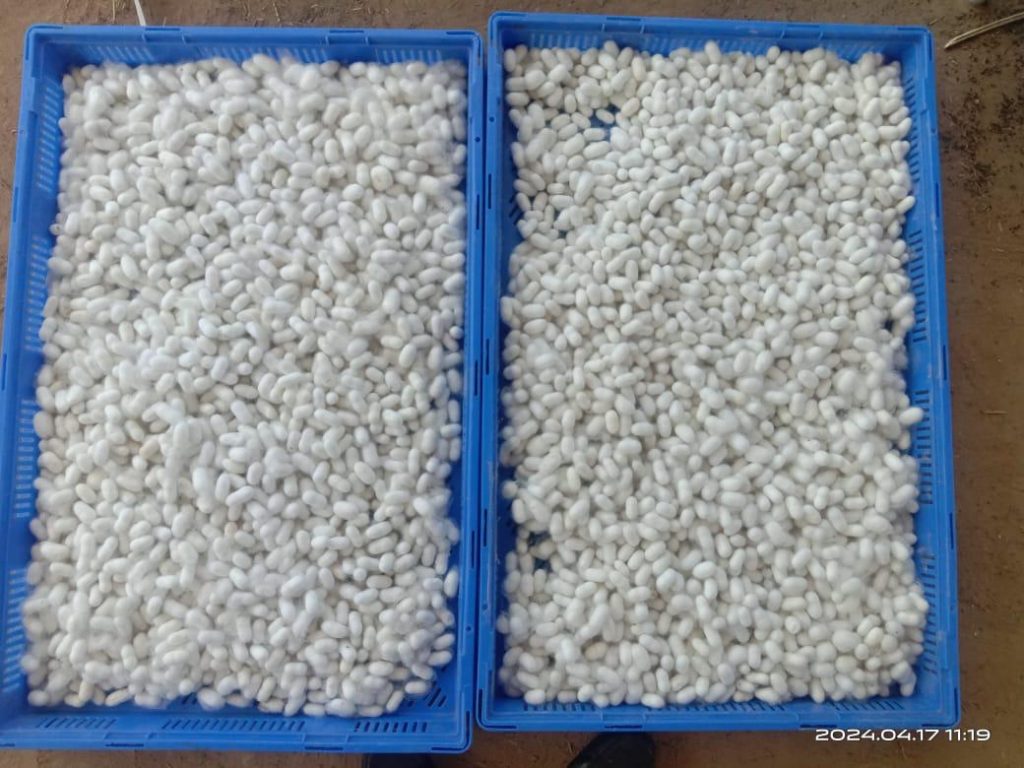
PRODUCTION & BENEFITS
This year, 500 kg of cocoon has been produced with the assistance of 30 farmers. This achievement is significant considering the Forest Department’s initial lack of experience in this field. Within just a couple of years, the Pathankot Forest department not only ventured into sericulture but also generated employment opportunities and benefited local farmers.
